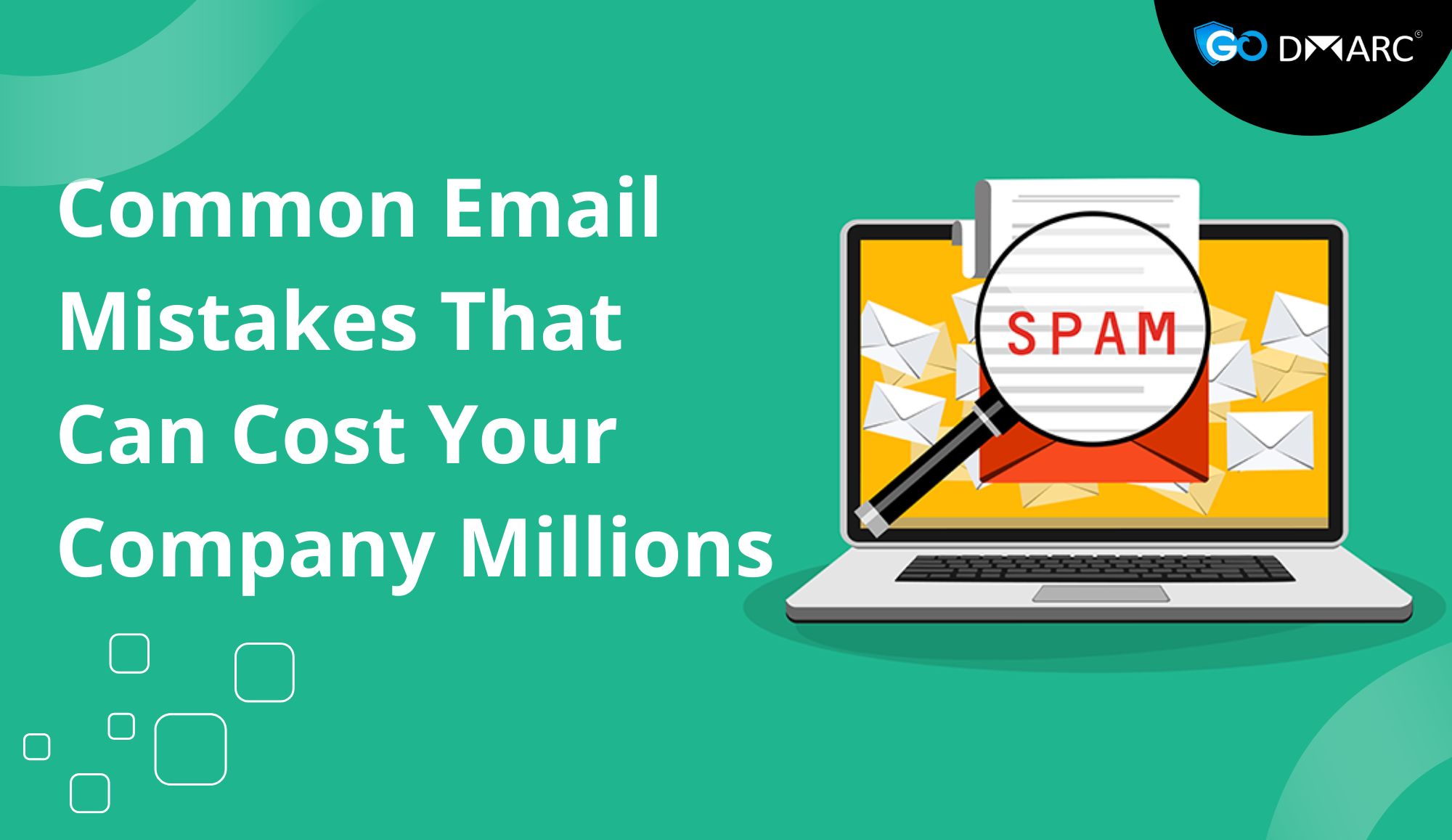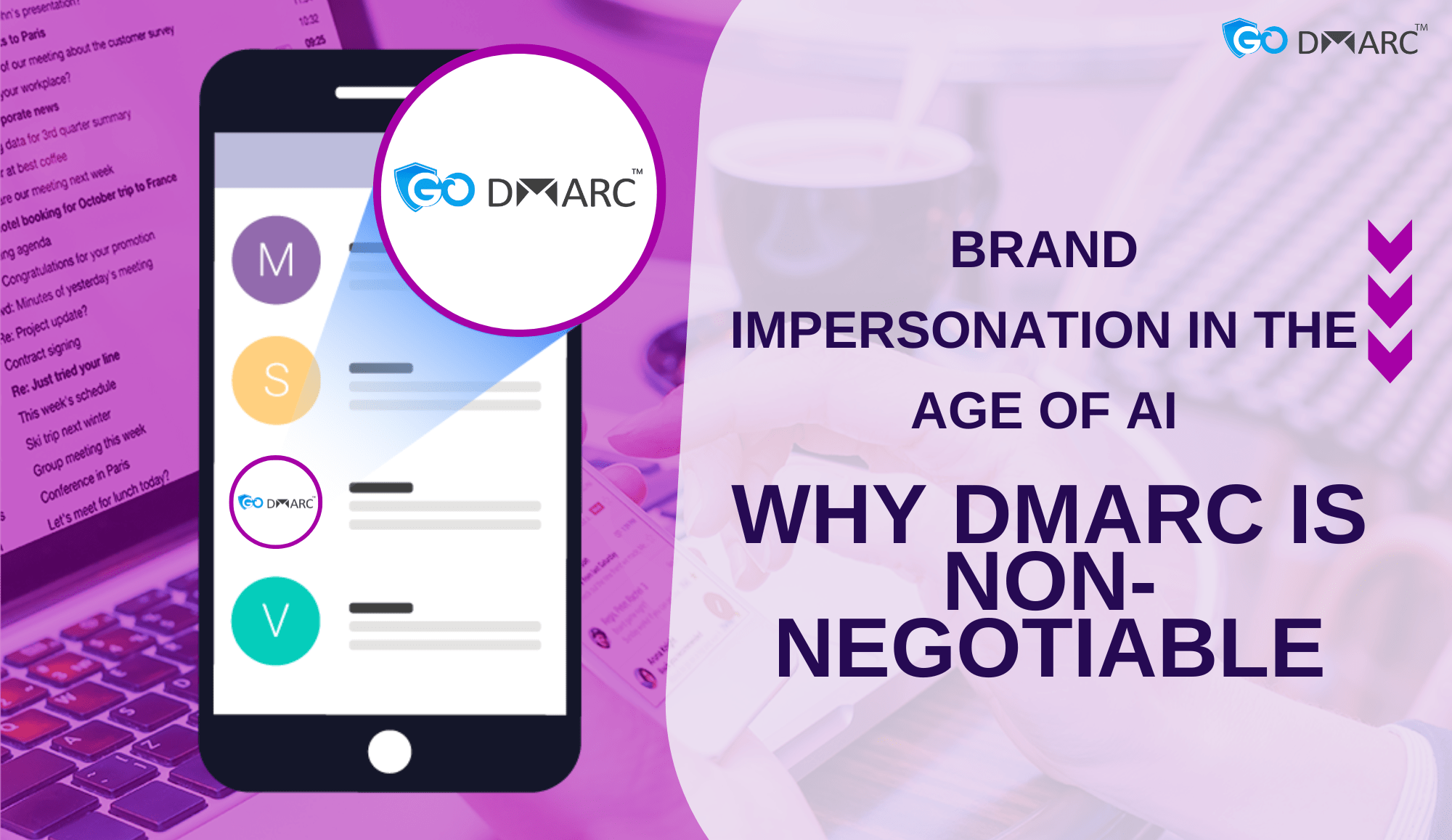Introduction
Email security is a critical aspect of modern cybersecurity. Organizations worldwide rely on email as a primary mode of communication, making it a prime target for cybercriminals. Phishing, email spoofing, and Business Email Compromise (BEC) attacks cost businesses millions of dollars annually. To combat these threats effectively, businesses must adopt stringent email security measures, including DMARC Email Security.
DMARC (Domain-based Message Authentication, Reporting, and Conformance) plays a pivotal role in shielding businesses from email fraud and spoofing. Alongside SPF (Sender Policy Framework) and DKIM (DomainKeys Identified Mail), DMARC ensures that only authorized senders can use an organization’s domain to send emails. This guide will provide a comprehensive approach to making email security impenetrable with DMARC and other critical security protocols.
The Rising Threat of Email-Based Cyber Attacks
Cybercriminals exploit vulnerabilities in email security through various tactics, including:
- Phishing Attacks – Fraudulent emails trick recipients into disclosing personal data or login credentials.
- Spoofing Attacks – Attackers impersonate legitimate senders to deceive recipients.
- Business Email Compromise (BEC) – Fraudsters pose as executives to manipulate employees into transferring funds or sharing sensitive information.
- Malware & Ransomware Distribution – Email attachments or embedded links deliver malicious software.
- Email Bombing Attacks – Attackers flood an inbox with thousands of messages, overwhelming the recipient and potentially hiding critical emails.
- Man-in-the-Middle (MITM) Attacks – Cybercriminals intercept email communications to manipulate sensitive data.
To effectively counter these threats, businesses must implement a robust email authentication strategy centered around DMARC Email Security.
The Role of DMARC in Email Security
DMARC is a powerful email authentication protocol that prevents unauthorized use of an organization’s domain. It ensures that email messages originate from verified sources, reducing the risk of spoofing and phishing attacks.
DMARC works by aligning with SPF and DKIM to authenticate emails before they reach the recipient’s inbox. If an email fails authentication, DMARC enforces a policy specified by the domain owner.
Key Functions of DMARC
- Email Authentication: Ensures that only legitimate emails are delivered.
- Visibility and Reporting: Provides reports on unauthorized email activity.
- Policy Enforcement: Blocks or quarantines fraudulent emails.
- Brand Protection: Prevents cybercriminals from using your domain for phishing campaigns.
- Security Insights: Offers detailed analytics on attempted spoofing activities, enabling organizations to strengthen security measures.
Implementing DMARC Email Security
Step 1: Set Up SPF and DKIM
Before configuring DMARC, businesses must establish SPF and DKIM records.
- SPF (Sender Policy Framework): Lists authorized email servers allowed to send emails on behalf of a domain.
- DKIM (DomainKeys Identified Mail): Uses cryptographic signatures to verify email integrity.
Step 2: Create a DMARC Record
A DMARC record is a TXT record added to a domain’s DNS settings. Below is a sample DMARC record:
v=DMARC1; p=reject; rua=mailto:[email protected];Step 3: Monitor DMARC Reports
DMARC provides two types of reports:
- Aggregate Reports: Summarize email authentication results.
- Forensic Reports: Detail individual failed authentication attempts.
Step 4: Enforce DMARC Policies
DMARC policies define how unauthorized emails should be handled:
- p=none: Monitor emails without enforcement.
- p=quarantine: Send suspicious emails to the spam folder.
- p=reject: Block unauthorized emails entirely.
Enhancing Email Security Beyond DMARC
While DMARC Email Security is essential, businesses should integrate additional layers of protection to create an impenetrable email security framework.
1. Implement BIMI (Brand Indicators for Message Identification)
BIMI works alongside DMARC to display verified brand logos in the recipient’s inbox, increasing trust in authenticated emails.
2. Utilize AI-Powered Threat Detection
Advanced email security solutions leverage artificial intelligence to detect and block sophisticated phishing attempts in real time.
3. Conduct Regular Employee Training
Employees should be trained to recognize phishing emails and report suspicious activities.
4. Use Multi-Factor Authentication (MFA)
MFA adds an additional layer of security, preventing unauthorized access even if login credentials are compromised.
5. Secure Email Gateways (SEG)
A SEG acts as a filter between the internet and an organization’s email infrastructure, blocking malicious emails before they reach inboxes.
The Benefits of DMARC Email Security
1. Protection Against Spoofing and Phishing
By enforcing DMARC policies, businesses prevent cybercriminals from using their domain to launch phishing campaigns.
2. Improved Email Deliverability
DMARC ensures that legitimate emails reach inboxes, reducing the likelihood of business-critical emails being marked as spam.
3. Strengthened Brand Reputation
A domain protected by DMARC fosters trust among customers and partners, enhancing credibility.
4. Regulatory Compliance
Many industries mandate the use of DMARC to comply with cybersecurity regulations.
5. Cost Savings on Cybersecurity Breaches
A successful phishing attack can result in financial losses, legal fees, and brand damage. Implementing DMARC reduces these risks and associated costs.
Common Challenges in DMARC Implementation and How to Overcome Them
1. Complexity in Configuration
- Solution: Work with email security experts or use automated DMARC management tools.
2. Excessive SPF Lookups
- Solution: Use SPF flattening to minimize DNS lookups.
3. Lack of Monitoring and Adjustments
- Solution: Regularly analyze DMARC reports and fine-tune policies.
4. Third-Party Email Services Issues
- Solution: Ensure third-party vendors properly authenticate outgoing emails using SPF, DKIM, and DMARC.
Additional Strategies for a Fully Secure Email Ecosystem
- Encrypt Emails Using TLS (Transport Layer Security): Ensures end-to-end email encryption.
- Enable Domain Name System Security Extensions (DNSSEC): Prevents DNS spoofing attacks.
- Deploy Security Awareness Programs: Educate employees on the latest email security threats and best practices.
- Automate Email Security Analysis: Use tools that continuously monitor email security metrics for proactive threat detection.
Conclusion
The fight against email threats requires a multi-layered security approach. DMARC Email Security provides a strong foundation for protecting organizations against spoofing and phishing attacks. However, true email security involves a combination of DMARC, SPF, DKIM, AI-based threat detection, employee training, and multi-factor authentication.
By implementing DMARC Email Security, organizations can safeguard their communications, protect their brand, and build trust with customers and partners. The cost of inaction is high—now is the time to secure, shield, and spoof-resist your email ecosystem.




